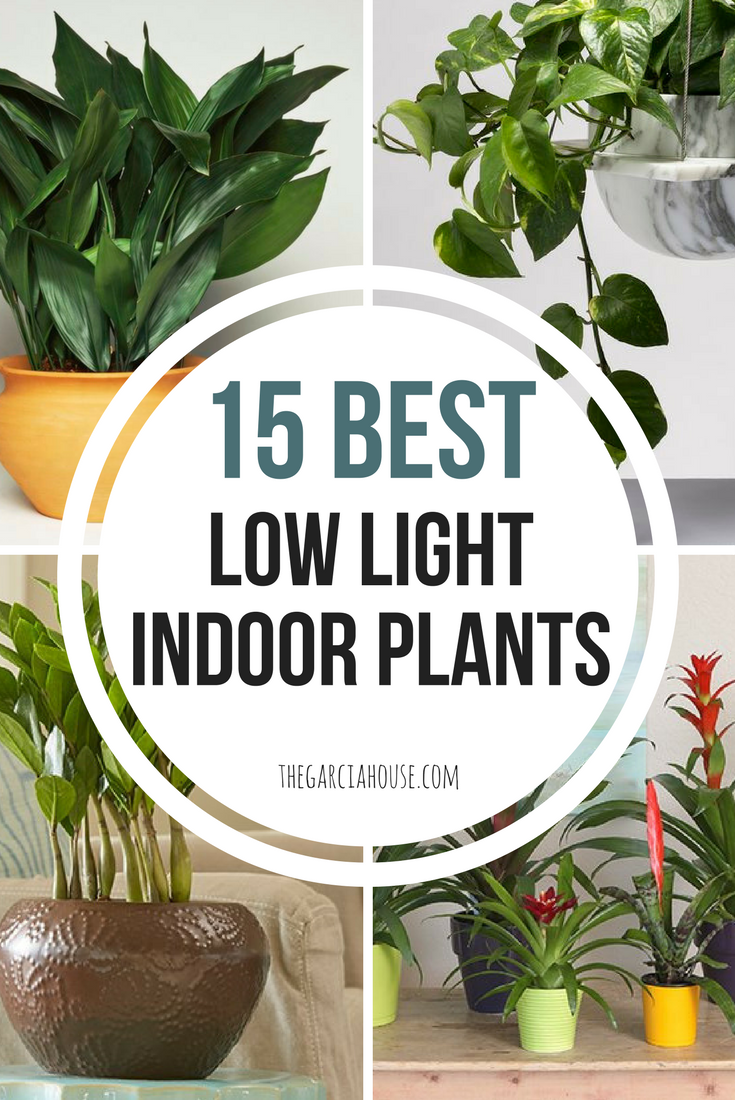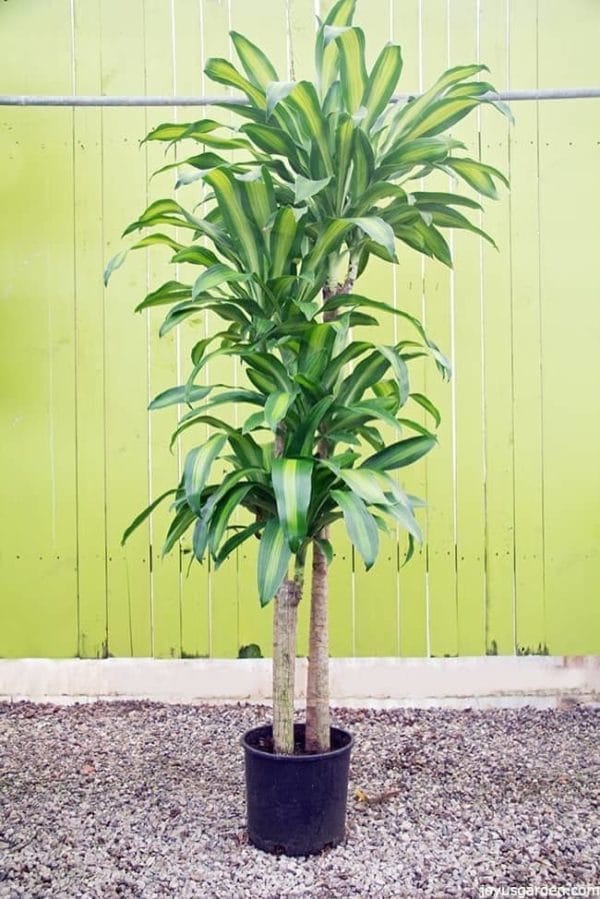Best Low-Light Indoor Plants That Thrive with Minimal Sunlight
Best Low-Light Indoor Plants That Thrive with Minimal Sunlight
Blog Article
Transform Your Home With Beautiful Low-Light Indoor Plants and Their Advantages
Including low-light interior plants into your home can significantly improve both the environmental and aesthetic quality of your space. These plants, which flourish in dim problems, offer not just as ornamental components but likewise as all-natural air cleansers, making them excellent for metropolitan occupants or those with limited sunlight direct exposure. As we discover the numerous kinds of low-light plants and their advantages, you may discover unusual means to incorporate them into your home that can change your environments in ways you might not have expected.
Advantages of Low-Light Plants
Low-light plants provide many benefits for interior settings, making them an excellent option for both amateur and experienced gardeners. One of the primary benefits is their versatility to low-light conditions, permitting people to boost their living rooms without the demand for comprehensive sunlight direct exposure. This particular makes them excellent for homes, workplaces, and various other locations with minimal all-natural light.

Moreover, incorporating low-light plants into home decoration can elevate the aesthetic appeal of a space. Their lush foliage and differed appearances develop a relaxing ambience, adding to general health. Last but not least, the existence of greenery has been linked to reduced stress levels and boosted performance, making low-light plants a sensible option for enhancing both physical and psychological wellness in indoor setups.
Leading Low-Light Indoor Plants
While numerous interior plants flourish in intense light, a number of varieties are particularly fit for low-light conditions, making them ideal for numerous indoor areas. One preferred selection is the Snake Plant (Sansevieria), recognized for its striking upright leaves and durability, requiring very little treatment. Another superb choice is the Pothos (Epipremnum aureum), which includes heart-shaped leaves and can track perfectly from shelves or wall mounts, thriving in reduced light and adding a rich touch.
The ZZ Plant (Zamioculcas zamiifolia) is commemorated for its shiny leaves and capacity to endure disregard, making it perfect for busy way of lives. The Tranquility Lily (Spathiphyllum) not just endures low light however likewise generates stunning white blooms, enhancing any type of space's visual.
For an unique touch, think about the Cast Iron Plant (Aspidistra elatior), which undoubtedly measures up to its name, growing in the darkest edges of your home. Last but not least, the Chinese Evergreen (Aglaonema) offers a variety of fallen leave patterns and colors while being remarkably flexible in low-light problems. These plants not only enhance indoor environments however likewise add to air purification, enhancing your home.
Treatment Tips for Low-Light Plants

Watering practices are vital; these plants usually like slightly dry problems. Overwatering can bring about root rot, so ensure that the top inch of dirt is dry before watering again. Use pots with drain holes to enable excess wetness to run away.
Humidity is another important factor. Numerous low-light plants, such as ferns and peace lilies, benefit from higher humidity levels. To enhance humidity, consider misting the leaves or placing a tray of water near the plants.
Fertilization should be come close to with care. Throughout the growing season, use a watered down, balanced fluid fertilizer each month to sustain growth, but avoid feeding throughout the dormant cold weather.

Innovative Ways to Present Plants
Indoor plants can work as fascinating focal factors in any kind of room, improving both aesthetic allure and setting. Innovative display screens can raise the visual influence of low-light plants, making them an indispensable part of your home design. One efficient technique is to use tiered plant stands, which allow you to showcase several plants at differing elevations while maximizing flooring area.
Hanging planters are another innovative option, producing a sense of depth and drawing the eye upward. Think about macramé wall mounts or wall-mounted racks to introduce a special structure and design.
For a much more structured technique, check that usage geometric terrariums or glass containers to house your plants, including a modern-day touch to your interior garden. You can likewise repurpose vintage items, such as teacups or wooden crates, for an eclectic display that mirrors your individuality.
Enhancing Home Setting With Plants
Incorporating low-light plants into your home not only enhances aesthetic allure yet additionally adds substantially to the general ambiance. These plants offer as all-natural decoration elements, introducing a feeling of peace that can change any room. The visibility of greenery fosters a calming ambience, which is particularly advantageous in high-stress settings such as home workplaces or living rooms.
Low-light plants, such as serpent plants, pothos, and ZZ plants, are not only visually pleasing yet additionally enhance indoor air quality by filtering system contaminants. This dual feature enhances the setting additionally, producing a much healthier space (Best low-light indoor plants). The tactical positioning of these plants can likewise affect the assumption of area; for instance, high plants can draw the eye up, making ceilings show up greater and spaces a lot more roomy
Moreover, differing textures and colors of vegetation add deepness to interior decoration, enabling for creative expression in home styling. Whether put on shelves, in edges, or as centerpieces, low-light plants can raise the state of mind of any room. In summary, including these plants into your home is an efficient means to foster a cozy, welcoming atmosphere while profiting of enhanced air quality and aesthetic convenience.
Conclusion
Integrating low-light interior plants into home environments uses various benefits, including boosted visual appeal and enhanced air top quality. These resistant plants, such as the Snake Plant and Peace Lily, call for minimal light and maintenance, making them appropriate for varied way of livings. Their ability to filter pollutants adds to a healthier living room, while their diverse textures and colors enrich interior design (Best low-light indoor plants). Eventually, the incorporation of low-light plants fosters a peaceful and welcoming atmosphere, changing any kind of home right into a serene sanctuary.
While lots of interior plants flourish in bright light, numerous varieties are especially well-suited for low-light conditions, making them perfect for different indoor spaces. One my website efficient approach is to utilize tiered plant stands, which allow you to showcase multiple plants at varying elevations while taking full advantage of floor space.
Low-light plants, such as serpent plants, pothos, and ZZ plants, are not just visually pleasing however likewise improve interior air top quality by filtering system pollutants. Best low-light indoor plants. The strategic positioning of these plants can likewise influence a fantastic read the perception of room; for circumstances, tall plants can attract the eye up, making ceilings appear greater and spaces much more spacious
These resistant plants, such as the Snake Plant and Tranquility Lily, require marginal light and upkeep, making them suitable for varied way of lives.
Report this page